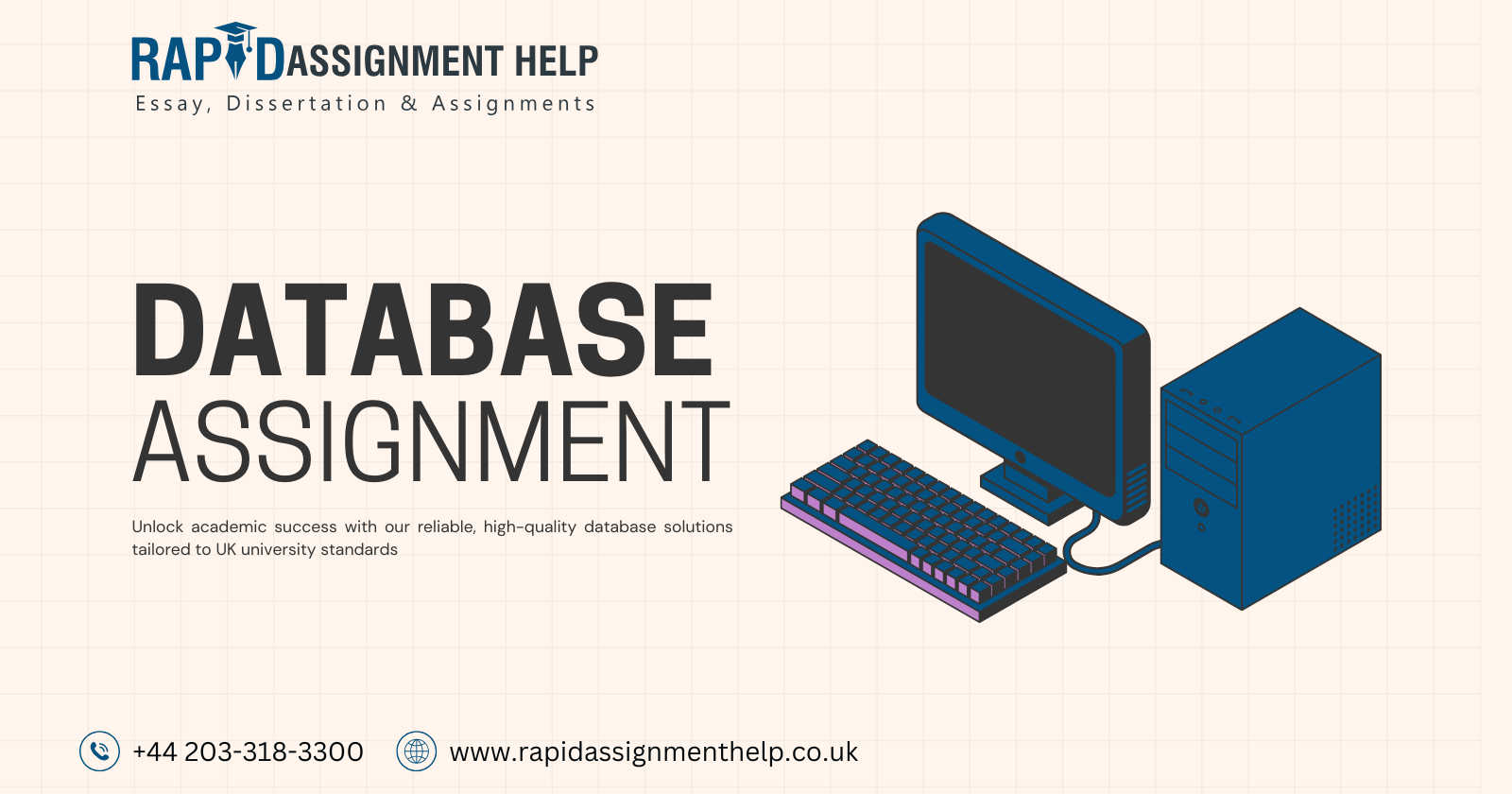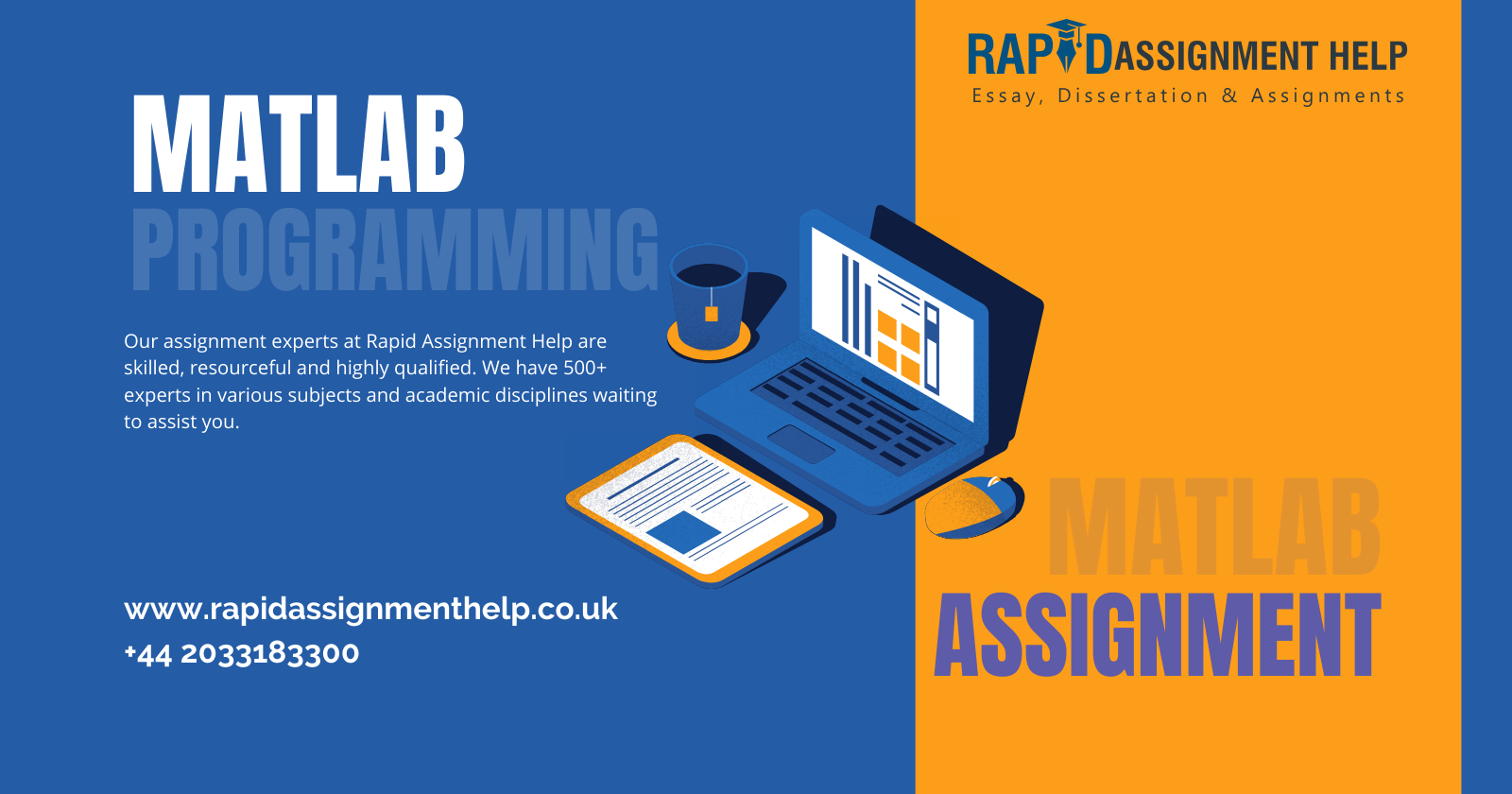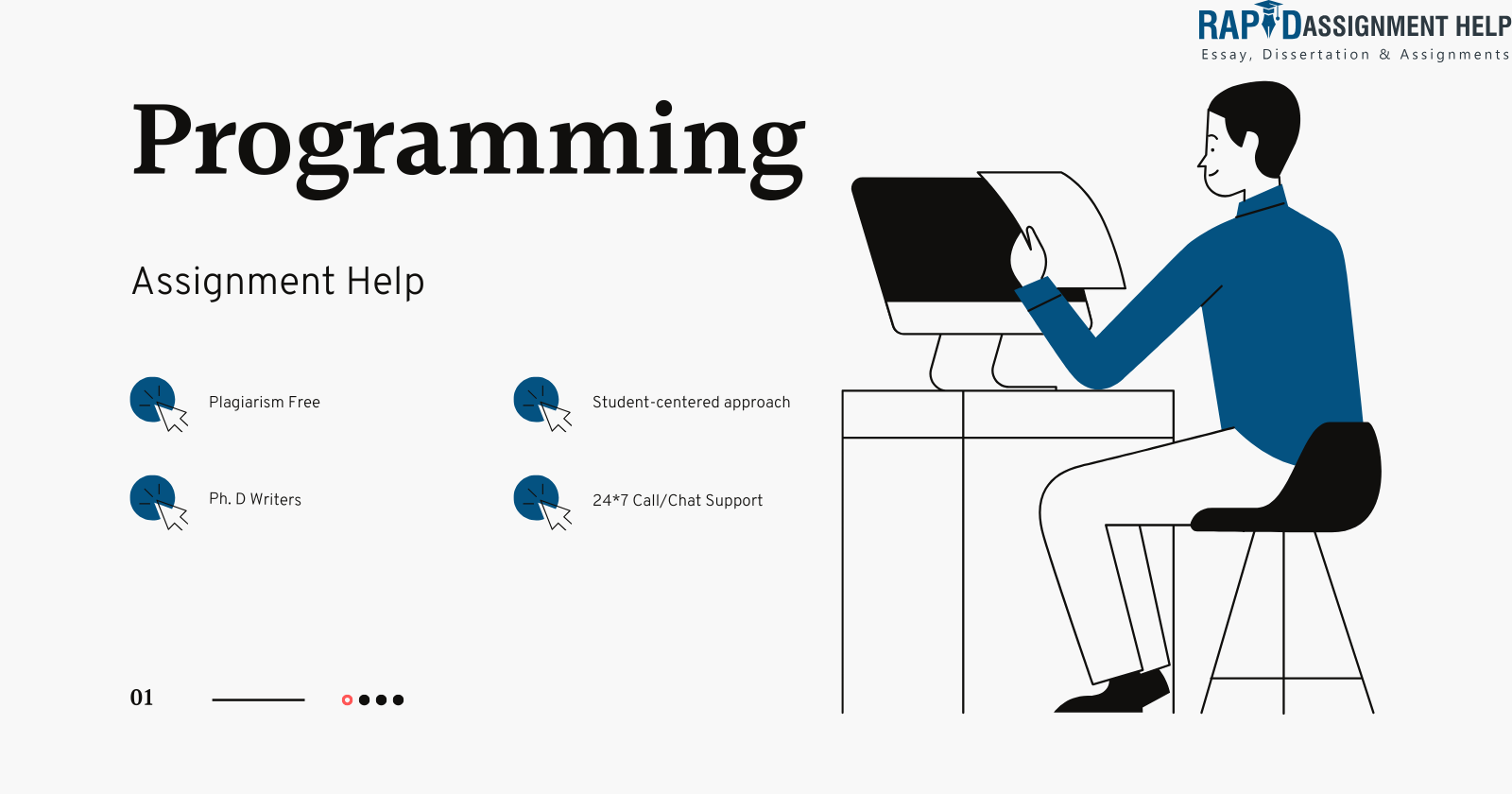Understanding Databases: Foundation, Types, and Their Vital Role in Modern Computing

Strong 8k brings an ultra-HD IPTV experience to your living room and your pocket.
In today’s fast-paced digital world, data has become the backbone of almost every enterprise, from budding startups to global corporations. Whether it’s recording customer transactions or storing inventory details, a systematic approach is essential for organizing, managing, and retrieving this vital information. That’s where databases come into play. In this comprehensive article, we’ll dive deep into what databases are, explore their various types, discuss key concepts, and analyze their growing significance in both academic and professional domains. If you’re a student or professional looking for an extra edge in grasping database fundamentals, you’ll find that seeking Database Assignment Help can be an invaluable asset in your learning journey.
What is a Database?
At its core, a database is an organized collection of data that can be easily accessed, managed, and updated. Imagine a well-kept library, where books are arranged systematically for quick reference—the same principle applies to databases but with structured electronic data instead of books. This data might include information on employees, products, sales, user profiles, or any other sets relevant to a specific application.
Databases are powered by Database Management Systems (DBMS), which serve as the intermediary between data and the users or applications that access that data. DBMS software simplifies data storage and retrieval and helps maintain data accuracy, integrity, and security.
Key Components of a Database
To truly appreciate how databases function, let’s examine their essential components:
Tables: These are the fundamental structures in most databases. Tables organize data into rows (records) and columns (fields).
Schemas: A schema defines the logical structure of the database, including the tables, fields, relationships, and constraints.
Queries: Queries are requests for data or information extraction from the database, often written in SQL (Structured Query Language).
Indexes: Indexing speeds up data retrieval, functioning like the index of a book.
Views: Views are virtual tables that present data from one or more tables in a specific setup, simplifying complex queries.
Transactions: These are operations performed on databases that adhere to the ACID properties—Atomicity, Consistency, Isolation, Durability—to ensure reliable processing.
Types of Databases
Not all databases are created equal. Over time, different types have emerged, catering to specific data storage and management needs.
1. Relational Databases
The relational database is the most traditional type and remains widely used. These databases store data in tables with rows and columns. Data is often related between tables using primary and foreign keys. Popular relational databases include MySQL, PostgreSQL, Oracle Database, and Microsoft SQL Server.
2. NoSQL Databases
As data grows in volume and complexity, NoSQL databases have gained popularity. They are designed to handle unstructured and semi-structured data and usually offer more flexibility and scalability than relational databases. Types of NoSQL databases include document stores (MongoDB), key-value stores (Redis), column-family stores (Cassandra), and graph databases (Neo4j).
3. In-Memory Databases
These databases store data directly in a system's main memory (RAM), dramatically speeding up access times. They are typically used for applications requiring real-time responses, such as gaming, financial trading, and caching solutions. Examples include Redis and Memcached.
4. Distributed Databases
Distributed databases are spread across multiple locations, often to enhance reliability and performance. They can be either homogeneous (running the same DBMS at each site) or heterogeneous (different DBMSs). Systems like Google Spanner and Amazon DynamoDB exemplify distributed databases.
5. Cloud Databases
With the rise of cloud computing, many databases now operate on remote servers rather than local data centers. These cloud databases offer on-demand scalability, fault-tolerance, and cost efficiency. Amazon RDS, Microsoft Azure SQL Database, and Google Cloud Firestore are prominent examples.
Core Functions of a Database
Databases are integral to managing vast amounts of data effectively. Their main functions include:
Data Storage: Safely storing data for future use.
Data Retrieval: Efficiently fetching specific data as requested by users or applications.
Data Manipulation: Allowing operations like inserting, updating, and deleting data.
Data Organization: Structuring data in a way that ensures clarity and usability.
Backup and Recovery: Providing mechanisms to protect data against loss or corruption.
Security and Access Control: Ensuring that only authorized users can access sensitive information.
Why Are Databases Important?
Databases aren’t just technical tools; they are essential to the very fabric of today’s digital lifestyle:
Business Insights & Decision Making: Organizations leverage databases for analytics and business intelligence, using data patterns to inform strategic decisions.
Customer Experience: From personalized marketing to seamless e-commerce transactions, databases help tailor services for individual users.
Operational Efficiency: Automation of data entry, updates, and reporting significantly reduces manual workload and errors.
Scalability: As organizations grow, databases provide the flexibility to scale storage and processing power.
Data Security and Compliance: Advanced security features help businesses comply with regulations and protect private information.
Database Design Principles
To unlock the full potential of any database, good design is crucial. The design process generally includes the following steps:
Requirement Analysis: Understanding what data needs to be stored and how it will be used.
Conceptual Design: Drafting an abstract schema, often represented through entity-relationship diagrams.
Logical Design: Mapping the conceptual model to a logical structure, defining tables and relationships.
Normalization: Organizing data to reduce redundancy and enhance integrity.
Physical Design: Implementing the database on specific hardware, choosing storage formats, and indexes.
Database design can feel overwhelming, especially for beginners. This is where Database Assignment Help comes in handy, offering expert assistance with tasks ranging from basic normalization exercises to complex schema design.
Career Opportunities in Database Management
With the mounting importance of data, careers centered around databases are in strong demand. Roles include:
Database Administrator (DBA): Manages and maintains database systems, ensuring performance and security.
Data Analyst: Extracts insights and presents findings using database queries.
Database Developer: Designs and optimizes database structures and queries.
Data Architect: Plans and oversees the design and integration of complex data systems.
A strong foundation in database concepts is a stepping stone towards these rewarding careers and can be developed through academic courses, real-world projects, and by seeking Database Assignment Help when necessary.
Conclusion
To sum up, databases are the invisible engines powering our digital society, ensuring the integrity, availability, and security of information. From shaping the way businesses operate to enhancing user experiences across platforms, their impact cannot be overstated. As the digital landscape grows ever more data-centric, a solid understanding of database fundamentals—and the wisdom to seek help when needed—will remain invaluable. Whether you’re just starting your journey or striving to sharpen your expertise, take advantage of educational resources and consider engaging in Database Assignment Help to pave a path toward academic success and professional excellence.
Note: IndiBlogHub features both user-submitted and editorial content. We do not verify third-party contributions. Read our Disclaimer and Privacy Policyfor details.







